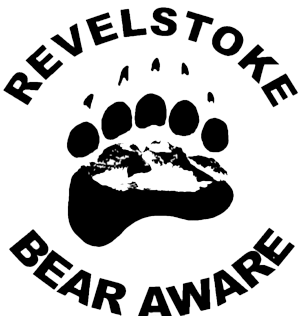Pets & animals.
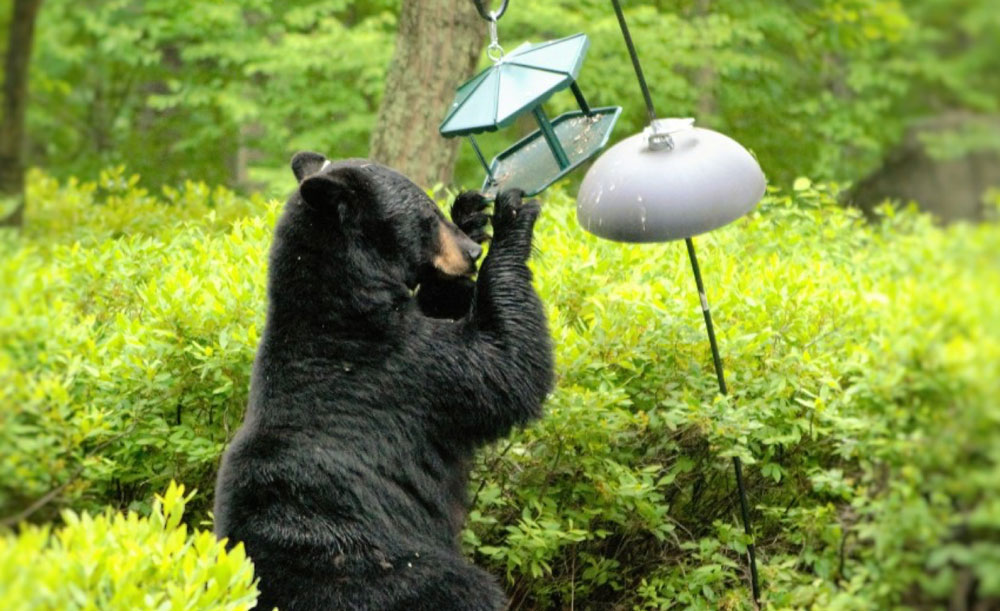
All pet and animal feed is bear food.
If your pets, livestock, or wild birds eat it, a bear will eat it. When bears are drawn to the feed, your animals are also at risk of being a meal.
Bird Feeders
Only use birdfeeders in winter months and store the feed securely inside the house.
Remove birdfeeders during the spring, summer, and fall months. Be sure to clean up uneaten seed and nuts from the ground. There are plenty of natural food sources for birds in the wild, see out top tips on how to attract birds, not bears.
The purpose of most birdfeeders is to supply food to birds when natural resources are scarce – in the winter and early spring. Many people also enjoy watching birds, and use feeders to entice them into the yard. However, if you live in an area where bears are a problem, you may be unwittingly participating in habituating a bear to being in your neighbourhood.
BE BEAR AWARE
Top Tip
Attract birds, not bears with planting.
Supply perches, shelter and natural food sources for birds. Plant shrubs and bushes as refuge and nest sites. Instead of a hummingbird feeder, plant bright red or pink, deep-throated flowers that hummingbirds enjoy. Learn more about bird friendly planting here.
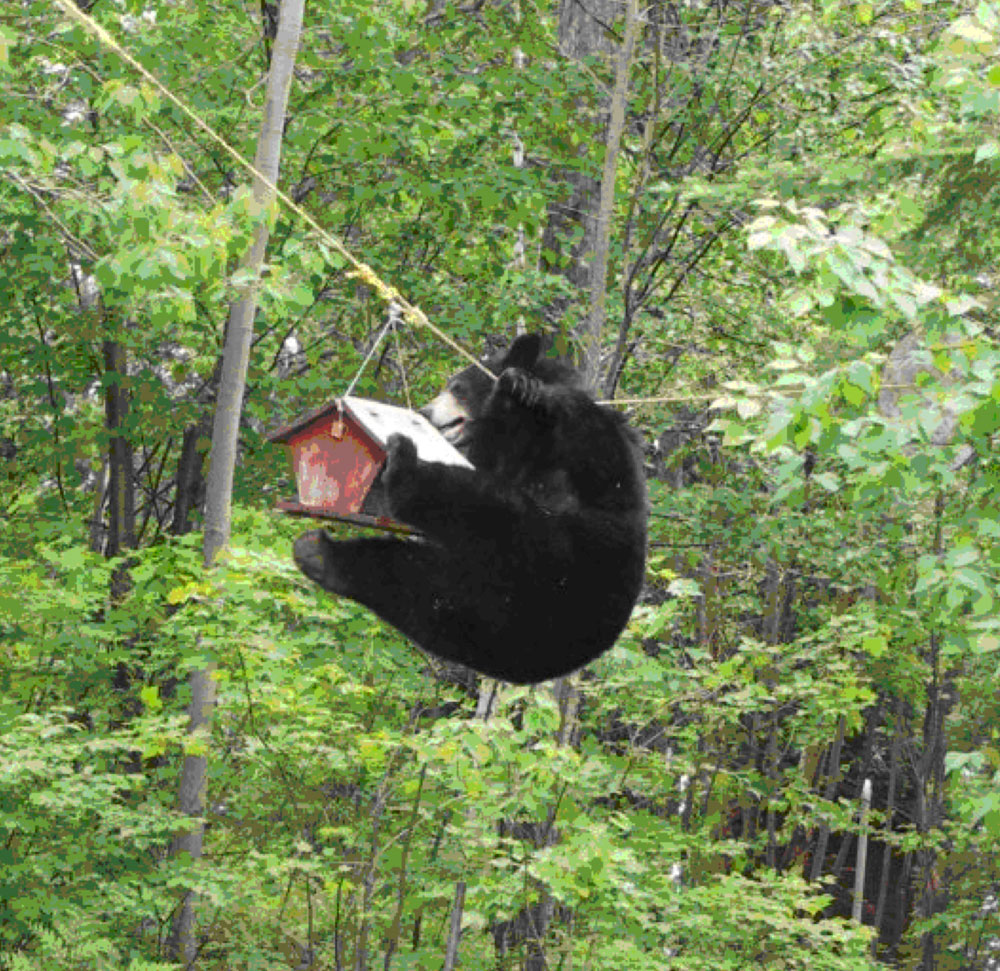
Bears and birdfeeders are a bad combination.
Nuts, seeds, and sugar water are very appealing to hungry bears looking for an easy meal. The high calorie content and nutrients are just what they are looking for as they try to gain weight.
Bears are surprisingly nimble and will climb across a line to reach a hanging feeder or find their way in, often attracted by the discarded millet on the ground.
Even if they can’t reach your feeder, the smell will attract them to your property and eventually the bear will start looking around for other sources of food. Be extra vigilant and make sure everything is secured on property.
Bears love honey and beehives.
The cartoons are right, bears really do love honey! Bears will travel a long way to seek out hives and get to the tasty, sugar rich honey and larval bees.
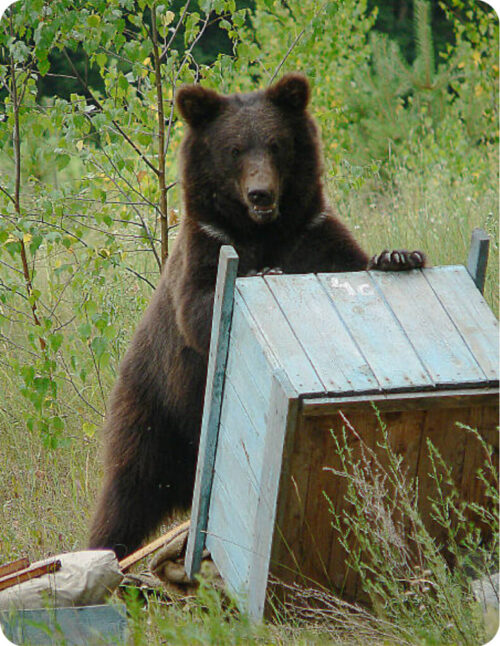
2 Top tips to protect your beehives.
1. Tie-down hives or install electric fences.
Install and maintain electric fences around the hives or use a heavy-duty cargo strap with metal ties to secure them.
2.Harvest that honey asap.
Harvesting honey crops as soon as possible after the spring, summer and fall nectar flows will make them less appealing to foraging bears.
PETS & LIVESTOCK
Keep pets, livestock and their feed safe from bears.
Livestock feed and pet food is especially attractive to bears. Feed pets indoors when possible or only serve single portions if feeding outdoors. Clean the area and remove food bowls afterwards, never leaving them out over night.
Unsecured chicken and rabit coops, as well as other small livestock pens, are major attractants for bears, leading to conflicts resulting in property damage and bears having to be killed.
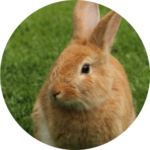
Electric fences
Electric fencing works best to keep bears out & prevent structural damage. Consider bringing smaller animals inside at night.
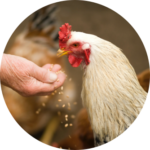
Store feed indoors
Store all food where bears can’t see or smell it in bear-resistant storage. Another option is inside a secure building, garage or shed.
Dogs + Bears = Trouble
Dogs were involved in more than half of all reported incidents involving people & black bears between 2010 & 2015. We’ll help you understand how to make the right choices for you & your pup in bear country.
WHY DO BEARS ATTACK DOGS?
Understanding why bears and dogs don’t get along.
Bears are not confrontational or aggressive by nature so why do they attack dogs? The answer is unsurprisingly, miscommunication.
Bears interpret dogs barking, lunging or chasing as a threat. To a mother bear, a barking dog is another potentially dangerous predator.
Escape is a bears first instinct, if there isn’t a tree to climb or forest to run into, the bear will attack out of self-preservation to protect itself, its food or cubs.
If your dog runs back to you after confronting a bear, the bear will likely give chase resulting in conflict and a very dangerous situation for you. It’s important to keep your dog on a leash to prevent this.
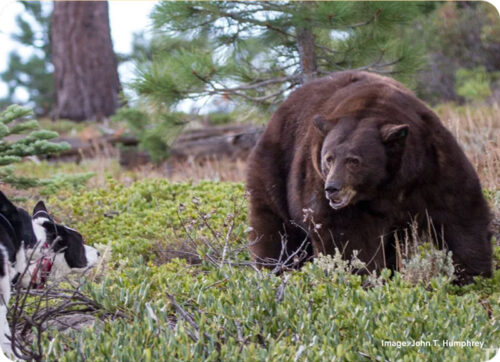
BE BEAR AWARE
Top Tip
Keep your dog on a leash unless fenced.
Leashing your dog could save the lives of all involved. In the event of a bear encounter, if your dog is leashed and you can stop it from lunging, the bear will likely run away. Leashes save lives.
Stick to fenced areas and designated dog parks to let your dog run free safely.
Staying safe with dogs.
When you’re out walking dogs.
Always keep your dog on a non-retractable leash.
Carry bear spray, keep it accessible & know how to use it.
If you see a bear, leave the area immediately.
Don’t let your dog bark at, harass, chase, or corner a bear.
Avoid walking at dawn, dusk or at night in areas with known bear activity.
If you see a bear, turn around and leave.
Don’t get disctracted by headphones. Stay alert.
Don’t put yourself between a dog that’s in conflict with a bear.
Use your bear spray to stop the attack.
Safety at home in bear country.
Feed dogs indoors. If outside, only single portions and remove bowls.
Keep your dog on a non-retractable leash even when going to the car.
Check the yard and bang on your door before you let your dog out.
If you see a bear, bring your dog inside.
Don’t allow your dog to harass, chase or bark at a bear nearby.
Bear cubs can fit through pet doors just 9 inches tall.
Do not try to rescue a dog that’s in conflict with a bear.
Use bear spray or garden hose to prevent any attack that may take place.
Know the law on having dogs off-leash in your neighbourhood.
More to discover:
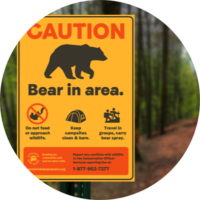
BE BEAR AWARE
Living in bear country
Discover how to keep our community safe and Revelstoke’s bears wild.

TAKE ACTION
Get involved
Make a difference locally when you volunteer, donate or become a member.
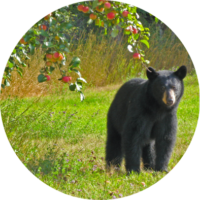
SIGHTINGS
Reporting a bear
Find out who to inform and what information to share when you spot a bear..
